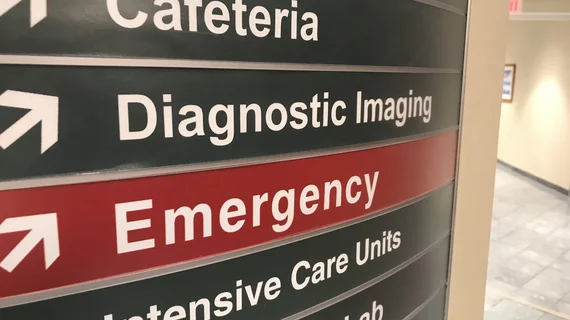Are large health systems delivering better outcomes?
Despite the emergence of giant health systems taking care of large swaths of patients, scale doesn’t seem to equal higher quality of care or cost savings, according to a recent study published in JAMA Network.
Quality and experience of care received by health system patients were only slightly better than patients not associated with a health system, the study found, and most of the differences appeared to be associated with lower performance in nonsystem small practices. Large practices had roughly similar qualities within and outside of health systems. However, system affiliation was so tightly tied to practice size that there does not seem to be much evidence that system membership itself leads to better performance. That lack of quality evidence is also shadowed by the much higher commercial prices paid to system physicains and hospitals, especially small- and medium-sized practices.
“In 2018, health system physicians and hospitals delivered a large portion of medical services. Performance on clinical quality and patient experience measures was marginally better in systems but spending and prices were substantially higher,” wrote first author Nancy D. Beaulieu, PhD, research associate at Harvard Medical School, et al. “This was especially true for small practices. Small quality differentials combined with large price differentials suggests that health systems have not, on average, realized their potential for better care at equal or lower cost.”
The study comes at a time when the healthcare industry has undergone significant consolidation, with major health system and hospital mergers. This major structural change in the industry has led researchers to wonder the cost and quality implications for medical care.
Researchers from Harvard created a national database of health systems and examined the impact of system affiliation on the cost and quality of care received. The study examined 580 health systems, including 233 private systems, 132 large nonprofits, 106 public health systems, 100 academic systems and 9 large for-profit systems.
Most hospitals and 40% of physicians were members of health systems in 2018, the study year, and system hospitals and physicians accounted for 89% of hospital admissions and 29% of physician visits by traditional Medicare beneficiaries. That’s an enormous share of patient visits that underscore just how dominant health systems are in organizational healthcare in the United States.
The second takeaway of the study was the number of differences across health systems in terms of size and composition. Most health systems are small, but there are some major players, and many of the largest are private nonprofit and academic, though there are large for-profit systems.
Overall, researchers found quality of care and patient experiences were similar for system and nonsystem patients across most measures, though system-attributed patients were less likely to receive low-value care. Receipt of low-value care was similar across health systems. However, this also came with a cost difference, with health systems patients incurring a 5% higher cost of care.
In particular, a number of physician services within health systems had significantly higher commercial costs, including:
- 26% higher for outpatient physician visits
- 13% higher for visits delivered during an inpatient hospital stay
- 12% to 19% higher for selected procedures performed by cardiologists, gastroenterologists and surgeons
Prices of the physician services were highest in academic systems and lowest in other private health systems. Of note, commercial hospital prices 31% higher for admissions in 40 of the most common diagnosis related groups were on average within health system hospitals compared to nonsystem hospitals. There was no significant difference for public health systems. Spending in commercial and Medicare attributed to system physicians was 4.7% and 5.2% higher than non-system services. Even when physician services for system patients was lower, higher outpatient spending offset these differences.

